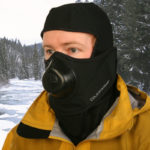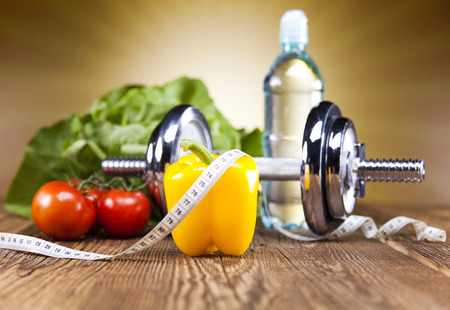I remember working at the University of Colorado (CU) in the Speed-Strength Department with Doc Kreis, Donnie Maib, and Dave Plettl. We were having a meeting for the ball-sport and track and field athletes we would be training for the school year. Pretty much like any first day of class, there were anxious freshmen sitting at the front. Their backpacks were filled to over spilling, jammed around their feet. As you may imagine, the more experienced seniors lounged in the back, overlooking their teammates from the highest point of the small auditorium.
“Before we begin,” Doc Kreis calls to the students, “please raise your hand if you do not have a bag of snacks.”
Much to his dismay, hands popped up everywhere, from the seniors in the top row to the new freshman at the bottom. It’s time to deliver his first lesson, about meal frequency – a subject that has since hit lay magazines by the dozen, but has long been taught by athletic trainers and professionals. You need to constantly fuel your body. “You are so wrong,” he informs the men and women in front of him, eagerly listening to what he was saying. “Fill your hands with snacks right now (as we tossed bags of trail mix out to those with their hands up).”
Advertisement: Don Tolman International

The words triggered a flurry of action as everyone began looking in their backpacks, taking snacks off a nearby table and catching those tossed at them. It was comical watching snacks get tossed around the room. We continued until every player had snacks in their hands.
This was the first day of summer workouts for CU athletes. Players had already been running around the athletics training facilities as the sun rose; grunted through rounds of speed-strength lifting, high knees and sit-ups, sprints, bleacher runs, and ran timed intervals across the length of the football field, leaving fresh footprints in the dew-laden grass. Now, minutes later, they are gathered for an introductory team meeting, reviewing everything from alcohol to class attendance to social media to ethics in sportsmanship.
But first, the snacks. Knowing players need to refuel immediately, Doc Kreis prepared the snack bags to hold them over until their first team breakfast an hour later.
Doc, a no-nonsense trainer, didn’t believe in long speeches and jumped right into athletic nutrition, explaining what was expected of each of them and particularly, what they needed to be doing nutritionally to help enhance the training they would be receiving from him and his staff.
His challenge begins as nutrition in college sports requires attention to detail like never before. And, this was long before the 2014-15 academic year, the NCAA lifted restrictions for the first time on how much and how often Division I schools can feed college athletes. Similar loosened rules were applied to Division II.
The opening of the food flood gates pushed many schools to re-evaluate their investment in nutrition. With fewer limitations, how much food should they provide student-athletes? What could they provide? Meal frequency that Doc taught, suddenly went into overdrive. Was there a way to gain an edge in the process that would help enhance performance more than other schools.
Progress in meal frequency has been slow and had revolved more around the kinds of foods eaten by athletes, but there remains the basics, which have transferred to the non-professional exercise buffs and population. And, it is something you need to continue to be aware of. Time your food intake throughout the day into 6 meals – 3 primary meals and 3 snacks. For a 2,000 calorie per day diet, the meals make up about 400-500 calories each and the snacks 150-200 calories each. Of course, more calories if you require more, which you will if you are working out intensely. Let’s assume you arise and eat breakfast at 8:00 thus, timing would be 8:00, 12:00 (noon), and 5-6:00 pm for the primary meals and 10:00; 2:00 and about 30 minutes prior to bed time for the snacks. For more detailed information please read this article.






